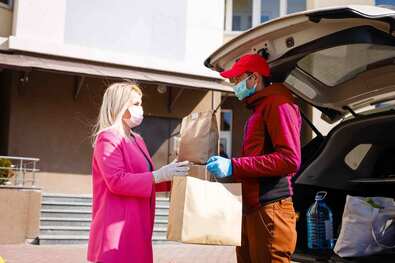 For certain takeout foods, an extra few minutes of time spent sitting out and waiting for pickup can mean the difference between a happy customer and a dissatisfied one. (Anyone who has eaten a soggy French fry from a takeout bag probably understands.) But what if you could orchestrate your orders to precisely coincide with the arrival of the people ready to collect and consume them? Geofencing can be especially helpful in preserving menu items that quickly decline in quality after they are cooked and removed from under warming lamps. Pymnts reports that McDonald’s, for one, is updating its mobile and payment functions to alert kitchen staff when mobile order-ahead customers are near the store. They are aiming to ensure that the customer’s order is ready and warm at the moment they arrive, all while boosting kitchen efficiency and enhancing the customer experience.  Amid labor challenges and an escalation in carry-out and delivery business in the past 18 months, food lockers have become a tech solution on the rise. Nation’s Restaurant News reports that Smashburger has been testing a couple of versions of them – one that displays the status of an order on a screen that directs a customer to the locker where their food can be found, and another that lets customers use the restaurant’s mobile app to unlock the correct locker when they approach, thanks to geofencing technology. If you’re considering food lockers as a pickup solution, find ways to make the experience feel human and personal – that could be as simple as placing the lockers within view of your kitchen assembly line. Preparing food in restaurants has become a juggling act this year – with people behind the scenes regularly throwing new balls into the air. According to a Datassential report, 92 percent of restaurant traffic is now off-premise. Drive-thru orders represent the largest growth category, followed by 23 percent order-ahead, 21 percent delivery and 18 percent to-go. A seemingly quiet kitchen could actually be as busy as a restaurant with a line of customers out the front door. This year, more restaurants will be adopting tools that allow them to monitor the various ways in which orders are coming to them – and adapt more easily to their ebb and flow. A new report on restaurant technology trends to watch in 2021 says smart scheduling and booking technology, as well as automated kitchen operations technology, can help ensure food is ready when customers want it.
The current pandemic has been a test of how effectively restaurant operators can pivot to offering new services – and as many parts of the U.S. face potential waves of opening and closing, restaurants will have to be able to scale up and scale back services quickly. Technology can help – and Modern Restaurant Management predicts a rise in microservices-based architecture, which allows different services (like curb-side pickup, for one) to be quickly developed, deployed and maintained. This nimble approach to technology allows operators to launch new services quickly, all while responding to data around guest preferences.
For years, geofencing technology has been helping restaurant operators target promotions to customers who are within a set radius of the restaurant at a given time. Now operators are adapting their use of the technology to improve their curb-side pickup business. Panera, for one, extended its wi-fi radius and added geofencing to help streamline the process of getting orders to customers waiting outside. For a customer who opts in to the use of the technology, the restaurant receives an alert when the person arrives to pick up their order, helping to keep curbside traffic moving.
Even as we emerge from the pandemic and some aspects of our regular routines return to normal, curbside pickup is likely going to be around for a while. Chances are your existing technology didn’t anticipate this, so how are you managing to streamline curbside pickups? Some operators are taking the low-tech step of having customers hold up a sign in their car windows with their order number. Others are finding workarounds like using a burner phone in the short term – customers can call the number when they arrive and give their name and car make/model to the person bringing out the order. Some tech-driven, free services can help too: OneDine allows guests to drive up to a restaurant, scan a QR code from a sign, which launches a web page where the customer can order, pay and have food delivered to their car. Tock To Go offers in-app texting between customers and restaurants to help streamline pickups. What approaches are working for you?
|
Subscribe to our newsletterArchives
July 2024
Categories
All
|
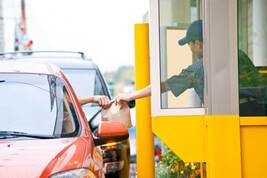
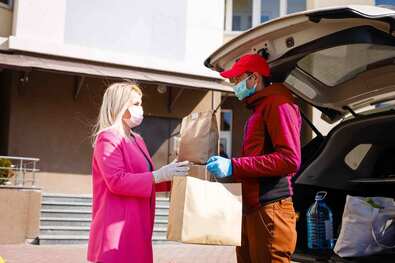
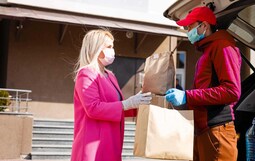
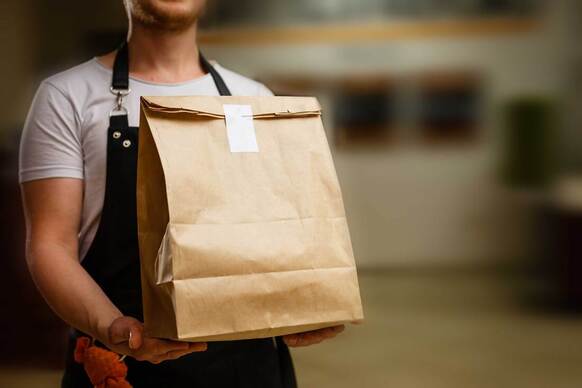


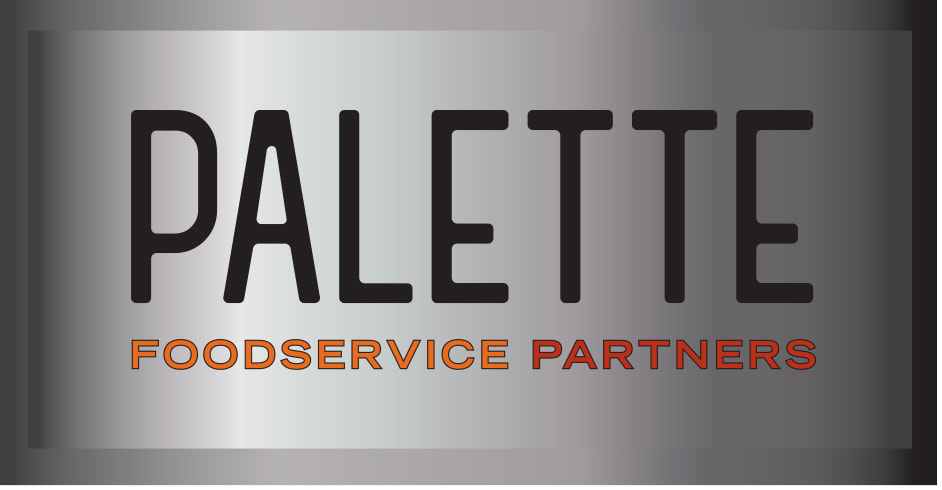
 RSS Feed
RSS Feed